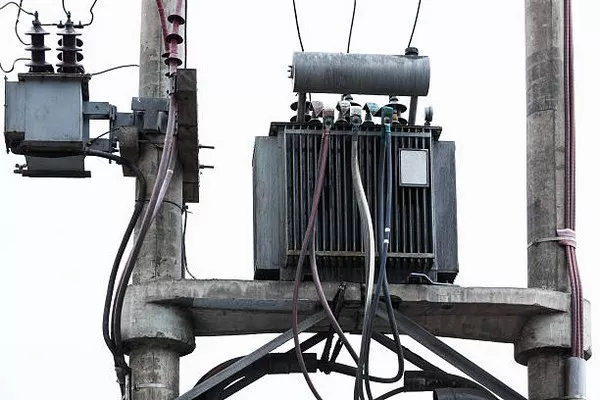In the realm of transformers, Class 2 transformers stand out as a crucial component in various electronic devices, playing a pivotal role in powering and regulating voltage. As technology continues to advance, the demand for efficient and reliable power supplies has increased, making it imperative to understand the significance of Class 2 transformers in electronic systems. In this article, we delve into the intricacies of Class 2 transformers, exploring their functions, applications, and the evolving landscape of power supply technologies.
Understanding Class 2 Transformers
Class 2 transformers are a specific classification of transformers defined by their safety and power output characteristics. They are designed to comply with stringent safety standards outlined by organizations such as Underwriters Laboratories (UL) and the National Electrical Code (NEC). The primary distinction of Class 2 transformers lies in their limited power output, making them suitable for low-power applications.
Class 2 transformers are characterized by their maximum power output of 100 VA (volt-amperes) or 100 watts. This limitation ensures that the transformer’s output voltage and current levels remain within predefined safety parameters. The primary purpose of this classification is to reduce the risk of electrical shock and fire hazards associated with higher-power transformers.
Applications of Class 2 Transformers
Class 2 transformers find widespread use in a variety of electronic devices and systems, owing to their safety features and reliable performance. Some key applications include:
Low-Voltage Lighting Systems: Class 2 transformers are commonly employed in low-voltage lighting systems, providing a safe and efficient means of powering LED and halogen lighting fixtures. The limited power output is well-suited for these applications, ensuring optimal performance without compromising safety.
HVAC Systems: Heating, ventilation, and air conditioning (HVAC) systems often incorporate Class 2 transformers to power control circuits. These transformers facilitate the safe and reliable operation of thermostats, dampers, and other electronic components within the HVAC infrastructure.
Security Systems: Class 2 transformers play a crucial role in powering various components of security systems, including cameras, sensors, and access control devices. The safety standards associated with Class 2 transformers make them an ideal choice for such applications.
Medical Devices: In the medical field, where precision and safety are paramount, Class 2 transformers are utilized in various medical devices. From diagnostic equipment to patient monitoring systems, these transformers ensure a stable and secure power supply.
Safety Standards and Compliance
The classification of Class 2 transformers is closely tied to safety standards, and manufacturers must adhere to specific regulations to ensure compliance. These safety standards, established by organizations like UL, dictate parameters such as maximum power output, insulation requirements, and overcurrent protection.
One of the key safety features of Class 2 transformers is their inherent ability to limit output current. This limitation significantly reduces the risk of electrical shock and prevents the overheating of connected devices. Additionally, these transformers often incorporate thermal protection mechanisms to further enhance safety by preventing excessive temperature rise during operation.
As technology advances, safety standards for Class 2 transformers continue to evolve, with a focus on enhancing the overall reliability and safety of electronic systems.
The Evolving Landscape of Power Supply Technologies
The demand for smaller, more efficient, and environmentally friendly power supplies has fueled ongoing innovations in power supply technologies. Class 2 transformers, with their safety features and low-power characteristics, align with the evolving landscape of power supply trends.
Energy Efficiency: As energy efficiency becomes a top priority, Class 2 transformers contribute to reducing power consumption in electronic devices. The limited power output ensures that only the necessary energy is supplied, minimizing wastage and supporting sustainability goals.
Miniaturization: Advances in materials and manufacturing processes have led to the miniaturization of Class 2 transformers. Smaller form factors make these transformers ideal for applications where space is a critical consideration, such as in compact electronic devices and IoT (Internet of Things) applications.
Smart Power Management: With the rise of smart technologies, Class 2 transformers are increasingly integrated into systems with advanced power management capabilities. Smart power management allows for dynamic adjustments in power delivery, optimizing efficiency and prolonging the lifespan of connected devices.
See Also: What Does Adt Transformer Look Like?A Comprehensive Overview
Conclusion
In conclusion, Class 2 transformers play a vital role in powering a diverse range of electronic devices while prioritizing safety and efficiency. Their classification, based on stringent safety standards, ensures that these transformers meet the requirements of modern electronic systems. As technology continues to progress, the landscape of power supply technologies evolves, and Class 2 transformers remain at the forefront, providing a reliable and safe solution for low-power applications across various industries.

